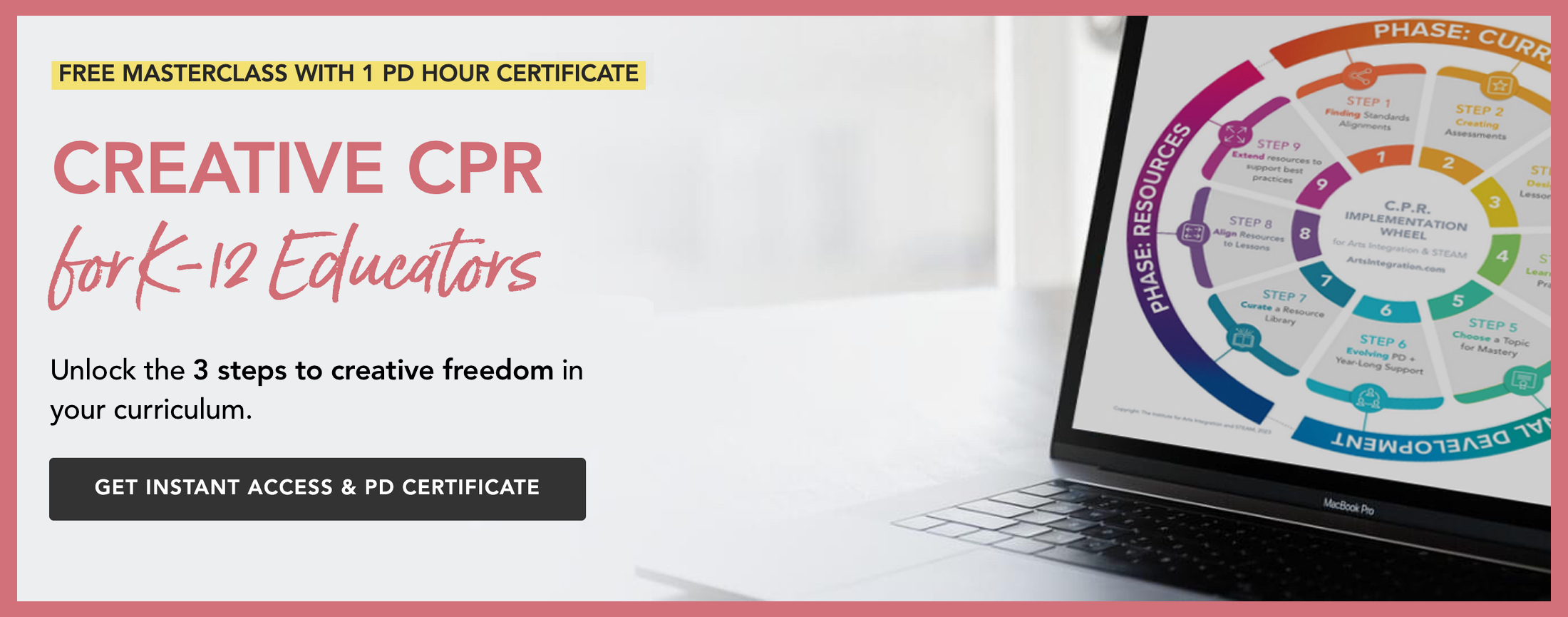Teaching Growth Mindset in the Classroom
3 Min Read • Growth Mindset
As educators, we know that success in the classroom isn’t merely determined by inborn skills and intelligence. We’ve seen students with the drive and the mindset to grow and improve succeed while others resign themselves to failure, thinking “I’m just not good at this.” The difference between these mindsets is what makes the difference. How do we develop a teaching growth mindset?
What is Teaching Growth Mindset?
Carol Dweck coined the term “growth mindset.” Growth mindset is the belief that intelligence can be developed over time. Our natural talents and intelligence are just a base on which to grow through dedication to mastery. A growth mindset is intrinsically motivated, rather than focused on external rewards.
On the contrary, a fixed mindset is the belief that intelligence is an inborn trait, that our abilities and skills are things you either have or you don’t. As you can imagine, this type of mindset greatly impedes the success of our students. So how can we cultivate an atmosphere that supports teaching growth mindset?
Intentionally introduce students to the concept of a growth mindset.
It starts with creating an atmosphere in which the student is aware of their own mindset, their own self-talk, their own beliefs about their intelligence. By teaching students that the brain is a muscle, just like any other, that gets stronger with use, we give them room to expand their horizons and to persist beyond their perceived limits. Introduce students to the terms “growth mindset” and “fixed mindset.” Encourage students to brainstorm strategies that will work for them when they find themselves trapped in a fixed mindset.
Focus on the process.
Learning is a process. Some of us might explicitly teach this in a process-based way (problem- or project-based learning). Some might introduce students to other processes, i.e., the inquiry process, the design process, or the creative process. Draw attention to the steps of these processes that focus on revision, improvement, or reflection. Place the value on the process of learning rather than solely on the end result. Provide feedback to that focuses on process and allows students to revise their work. This gives students a safe space in which to exercise their growth mindset.
Create a safe space.
Acknowledge that mistakes are sometimes part of the learning process. Allow students to fail to make mistakes, and to use those mistakes to try new strategies, to explain their mistakes, and to find their way. This affords students the freedom and confidence to take on new challenges.
Offer “process praise.”
Commend effort. This doesn’t mean everyone gets an A for effort or that everyone receives a participation trophy. But rather than praising intelligence, which creates a fixed mindset, praise effort, and strategies when you see them in action. Encourage students to support one another in their efforts, promoting cooperation and teamwork rather than competition.
Share your own story.
It can be powerful when students see their teacher as a human being rather than a “sage on the stage.” Share your own growth, your struggles, your own journey through a fixed and growth mindset, strategies that help you persist and succeed. If it resonates with even one student, it has power.
Dweck has said, “Growth mindset is about closing the achievement gap, not about making low-achieving kids feel good in the moment but not learn in the long run.”
It’s important to intentionally go beyond the jargon and find strategies to meaningfully support and encourage teaching growth mindset in the classroom. But if we can do it, we will support a student’s intrinsic pride in their own work, encourage work ethic and persistence, and create lifelong learners.



